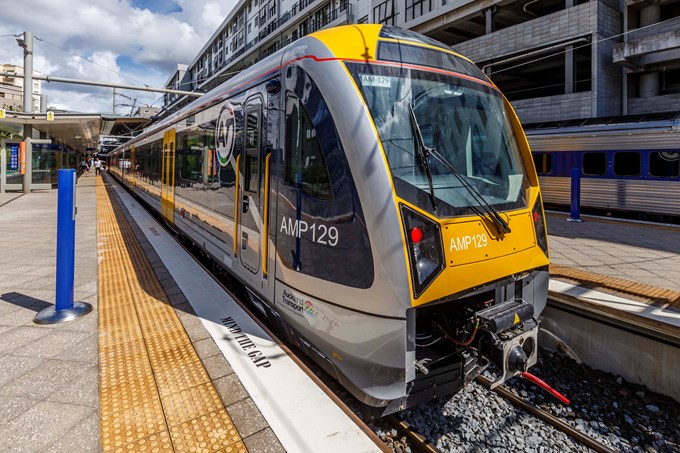Minor changes to bus and train fares are being made in preparation for the change to a simpler zone-based system in mid-2016.
The changes, to be introduced on 28 February, are a step towards making journeys which are the same distance by bus and train cost the same. Ferries are also working towards trips of similar distances having similar fares, and better integrated with buses and trains.
A 10 cent increase to adult AT HOP bus train fares for stages 1 to 4 will help better align short and long distance fares. Currently those travelling a longer distance pay relatively more than those on short journeys.
The increases reflect higher operator costs, which are determined by an NZ Transport Agency (NZTA) public transport industry indexation.
Smoothing transition to zone-based fares
Auckland Transport’s General Manager AT Metro, Mark Lambert, says the changes will make it easier for passengers when fares change from stages to zone-based later this year.
“We’re making fares easier to understand and fairer for all. These minor changes now are another step towards that, for example the journey between Orakei Station and Britomart will cost the same by bus or train.”
Stage fares for the Inner City Zone, Airport Zone and trains from Orakei to Britomart will be changed to be consistent with the new zone boundaries being introduced later this year. This means that the cost of a train between Orakei and Britomart will increase by $1.40 for an adult with a HOP card.
No changes to child, tertiary and accessible single fares will be made on bus and rail, except for the removal of the Inner City and Airport fare zones and changes at Orakei.
To help the transition to simplified fares and further HOP integration on ferry services, some changes are being made to ferry products, including operator-based products and the withdrawal of multi-trip products.
A fairer system for all passengers
Mr Lambert says it can currently cost more in some parts of Auckland to travel the same distance or be different between bus and train. Passengers travelling a longer distance also pay relatively more than those on a short trip.
“Operator costs have risen, meaning some small fare increases. Although petrol and diesel prices have dropped recently, fuel only makes up a small percentage of their costs. By far the largest expense is wages.
“Currently about 53 per cent of a fare is provided through government (NZTA) contributions and rates subsidies, so it is important to ensure fares help cover costs.”
Major improvements to public transport
The change to simplified zone fares in mid-2016 will make it easier and cheaper to connect between different bus and train services with an AT HOP card. It will allow the introduction of the new public transport network, which will provide more frequent and more connected travel.
Mr Lambert says simplified fares and the new public transport network in south Auckland are just part of the major improvements to public transport this year.
“Work on the City Rail Link has started, light rail investigations will make further progress, construction of Manukau Bus Station and the Pukekohe Station upgrade will begin and the Otahuhu Station will open.”
Latest figures show that public transport patronage is at an all-time high. Public transport patronage totalled 81.5 million trips for the 12 months to December 2015, an annual increase of 7.6 per cent.
Following the introduction of new electric trains, rail patronage alone totalled 15.4 million trips for the 12 months to December, an annual rise of 22.9 per cent. A rise of 2.9 million journeys in one year.
For full details on the changes visit Auckland Transport.


